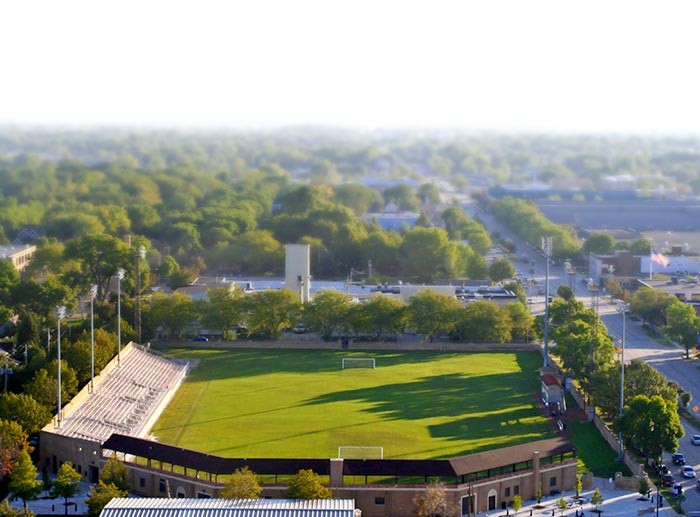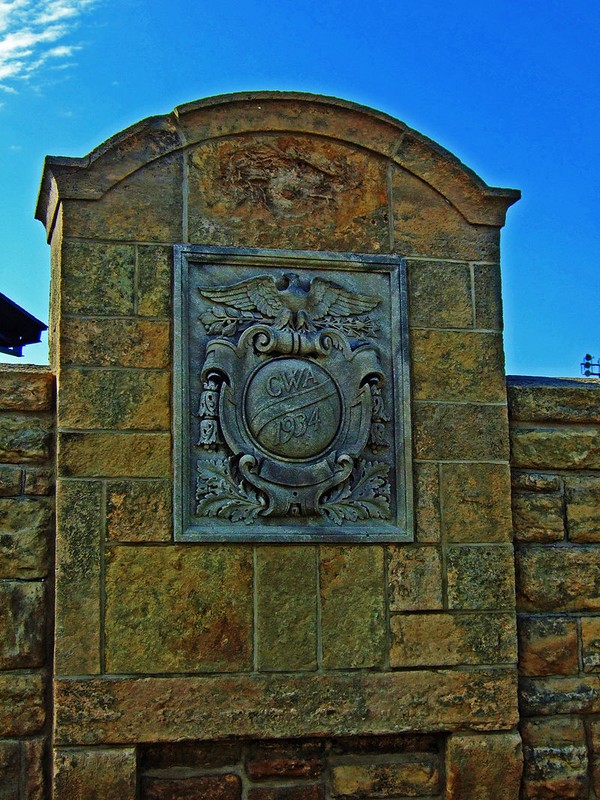Breese Stevens Field
Introduction
Text-to-speech Audio
Images
Breese Stevens Field

Civil Works Administration marker on the stadium's perimeter.

Backstory and Context
Text-to-speech Audio
The stadium held its first night game in 1930s when a touring team that traveled with trucks that held a portable lighting system arrived in Madison. The stadium was expanded and improved in the 1930s thanks to the Civil Works Administration- a federal program that employed several million in 1934 and was a precursor to the Works Progress Administration. In addition to the stonework around the perimeter, the grandstand was expanded with a press box and concrete stadium bleachers. Newer stadiums were constructed in the 1960s and Breese Field surrendered its status as the city's premier athletic complex but continued to host games for a variety of schools and colleges.
As the stadium declined and held fewer events in the 1970s, an effort was made to demolish the old stadium and funds were allocated for the project. The stadium was saved by local residents who remembered the stadium with fondness and worked to come up with an alternative. Rather than demolish the stadium in 1981 as planned, the stadium became the home of the Madison Muskies and was also used for soccer. The city spend nearly a quarter million dollars in the early 1980s repairing the grandstand and stadium and upgrading the surrounding facilities so that it could be used to host events such as concerts and festivals as well as sporting events. In 2014, the stadium was partially renovated and the grass field was replaced by turf.
Cite This Entry
Adi Dakwar and David J. Trowbridge. "Breese Stevens Field." Clio: Your Guide to History. July 9, 2017. Accessed July 29, 2025. https://theclio.com/entry/42791

